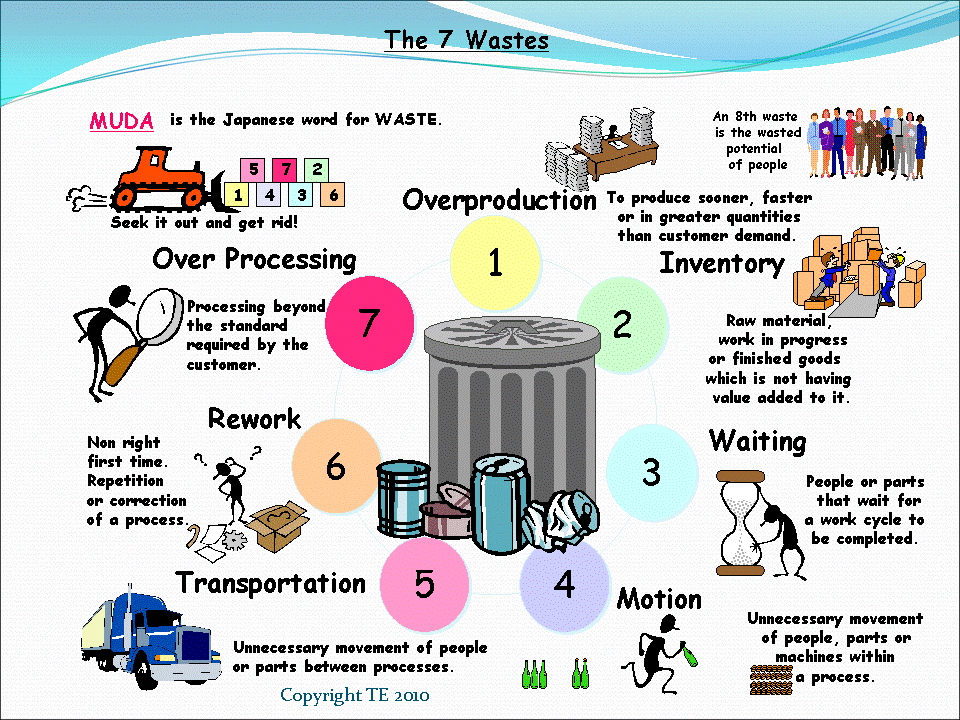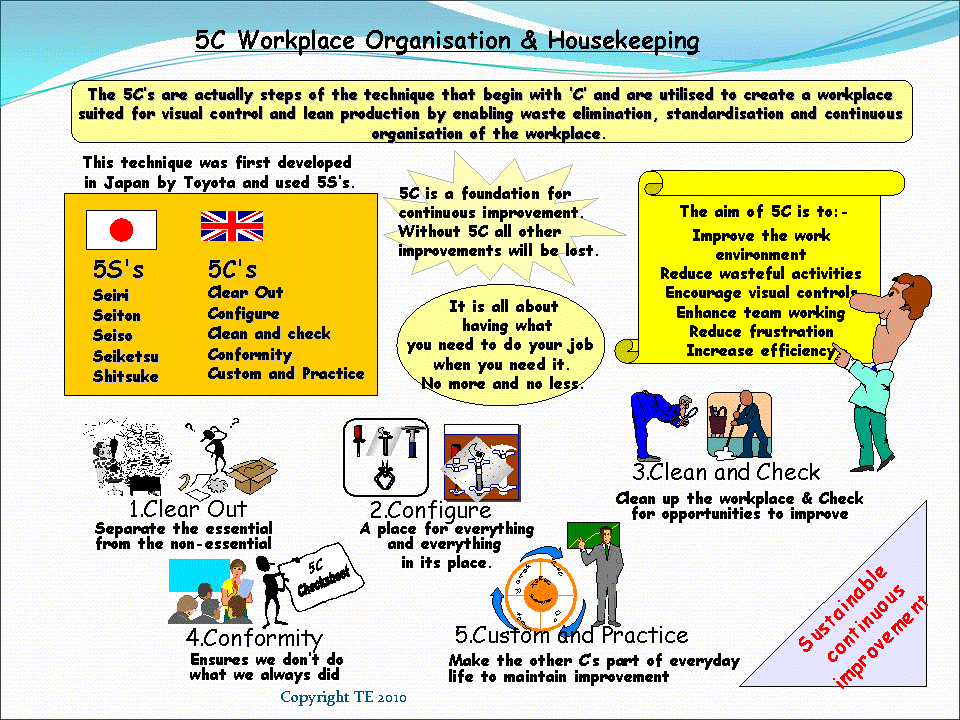What is Muri?
Muri is to Overburden your employees or machines, it can also be seen as “unreasonableness”. It is placing operators and machines under unnecessary stress by making demands on them that are unreasonable and often very unnecessary.
When most people talk about waste they are talking about the 7 wastes of lean or Muda, however there are three main classifications of waste that you need to understand; Muri, Mura and Muda. Within this article we will discuss Muri which is the Japanese term for Overburden. Muri is a form of waste that actually creates much of the Muda (non-value adding steps within your processes).
Typically many in-experienced lean practitioners (and even some experienced ones) go straight after the Muda or the seven wastes in your process. This often leads to the creation of Muri or overburden for your operators and machines rather than relieving them of this stress. The right way is to look at tackling the Muri in your process along with the Mura (unevenness) and you will find that much of the other wastes (Muda) within your process will be removed automatically while making life so much easier for everyone involved.
Examples of Muri
Examples of Muri are;
- Working on processes you are not trained in
- Poorly laid out work places
- Unclear instructions
- Lack of proper tools and equipment
- Fluctuating demand (Mura)
- Lack of proper maintenance / unreliable equipment
- Unreliable processes
- Poor communication routes
You can probably quickly see from the list above that Muri covers a host of problems within both manufacturing and service companies that will lead to many of the problems and wastes within our processes. We often fail to tackle these areas with some practitioners concentrating instead on improving the time taken to do individual steps in a process by moving a few things around and then claiming savings when in fact what they often do is make the operator and the machine have to work harder for no real benefit to the overall process.
Tackling the Muri within a process should ensure that your employees can work far more efficiently and with minimal stress within your processes.
How to Remove or Reduce Muri
There are a host of Lean manufacturing Tools that are specifically created to help reduce the Muri within your processes. Of course a large portion of common sense should also be applied as much of lean is not about rigid methodology but about doing what is right for your customer as well as your employees. Some examples of how some Lean tools help to reduce Muri are below;
5S; This extremely simple yet powerful methodology tackles a wide range of overburden within any workspace. It seeks to remove unreasonable movement and stress by ensuring that everything is exactly where it should be for the most efficient use. It also ensures that your layout is clear and that deviations from what is required are obvious to everyone enabling issues to be corrected immediately.
Well implemented 5S will ensure that your employees have a highly efficient, ergonomic and safe working environment that makes their life significantly easier ensuring that stresses are significantly reduced.
Standardisation
Standardisation; 5S begins the process of standardization for your processes. Having your processes fully documented and everyone trained in the best way of performing them ensures that everyone is able to do the work easily and in the best way possible. Standard Operating instructions or Procedures allow you to easily communicate the best ways of doing things. Your operators can create simple instructions themselves using digital cameras and word processing packages ensuring that they are fully engaged in developing the best ways of working.
Your Standard operating procedures should cover all aspects of your work from machine setups and changeovers through to how to deliver and bill your customers. Use Kaizen and other initiatives to continuously challenge your ways of working to improve your SOPs.
TPM
Total Productive Maintenance (TPM) is another lean manufacturing tool that should be fully implemented if you want to reduce the Muri within your processes. How many times do you have to change your plans or build additional products due to unreliable machines. Well planned and thought out maintenance need not be something that prevents you from achieving your monthly figures! There is often a battle between production and maintenance for the release of machines and then a lot of blame thrown around when things fail to work as expected.
A well thought out TPM program that utilizes everyone will ensure that disruptions and problems associated with your tools and equipment are minimized.
Jidoka
Jidoka or Autonomation is a lean tool that is often forgotten by many lean implementations; while many machines today come with built in sensors providing some form of Jidoka and poka yoke we still fail to plan a full implementation across our processes. Jidoka is a highly important part of any lean implementation and should be treated as such, it allows you to trust the output from your machines and processes far more than you otherwise could.
Jidoka should also be applied to the entire process, not just to individual machines via autonomation and poka-yoke. Everyone within the process should be empowered to stop the process when things are not correct, this should be fully supported and everyone should become involved in solving the problems that get highlighted rather than expecting people to live with problems all of the time just to get the numbers out.
SMED
SMED; Single Minute Exchange of Die is a simple process related to 5S and to TPM that concentrates specifically on machine setup. We reduce setup times to ensure that we have the flexibility with our machines to run smaller batches helping us to smooth out our production and make things more flexible. It allows us to ensure that changeovers are done smoothly using the right equipment, process and with fully trained individuals.
Mura or unevenness is one of the other three areas of waste that you have to address and it also causes the waste of Muri or overburden. Tackling Mura through the application of Just in Time (JIT) principles, using Kanban systems and Heijunker boards allows you to significantly reduce the stresses felt within your production environment. Too many companies still employ people constantly chasing production and swap and change plans on a daily if not hourly basis in an attempt to keep angry customers placated.
Why Eliminate Muri?
The stresses and inefficiencies you place on your employees cost you money in many ways and you should seek to reduce those inefficiencies if not eliminate them entirely. A penny saved is better than any penny earned as it will be reflected directly on your bottom line as additional profit.
We are all in business to make a profit and we should seek to ensure that those profits are maximized for the benefit of companies as well as the employees and even our customers. We all want our business to be successful so we should seek to eliminate Muri as well as Muda and Mura at every opportunity; otherwise our competitors will and we will slip behind.



